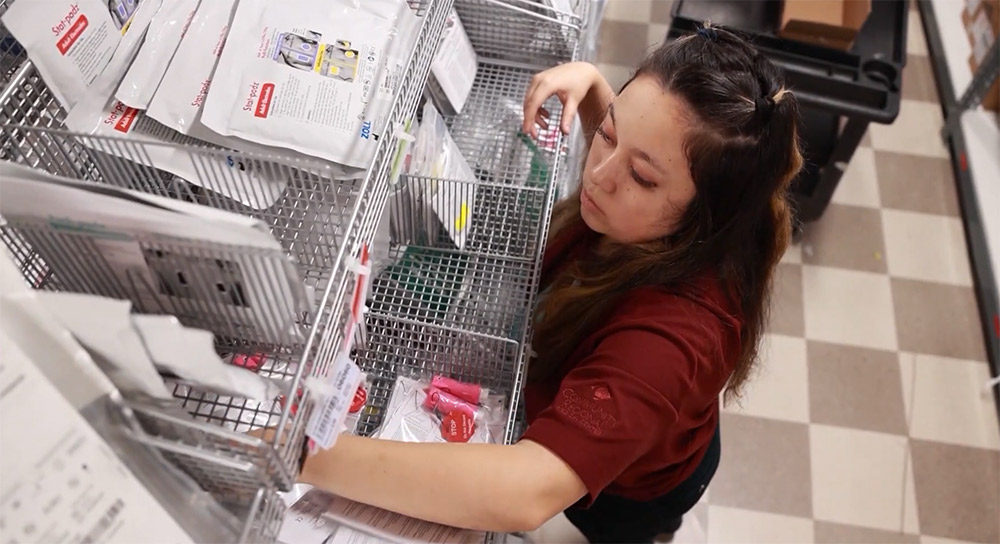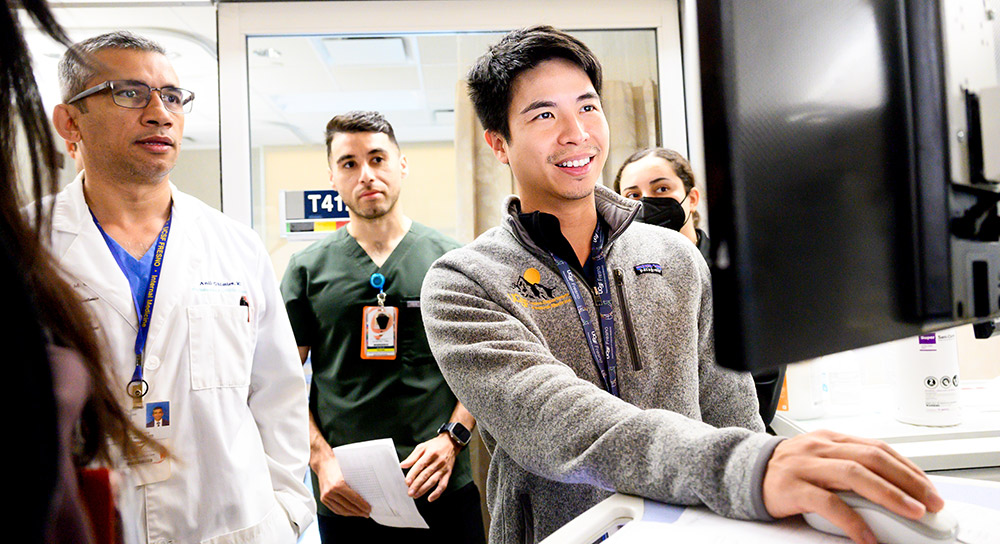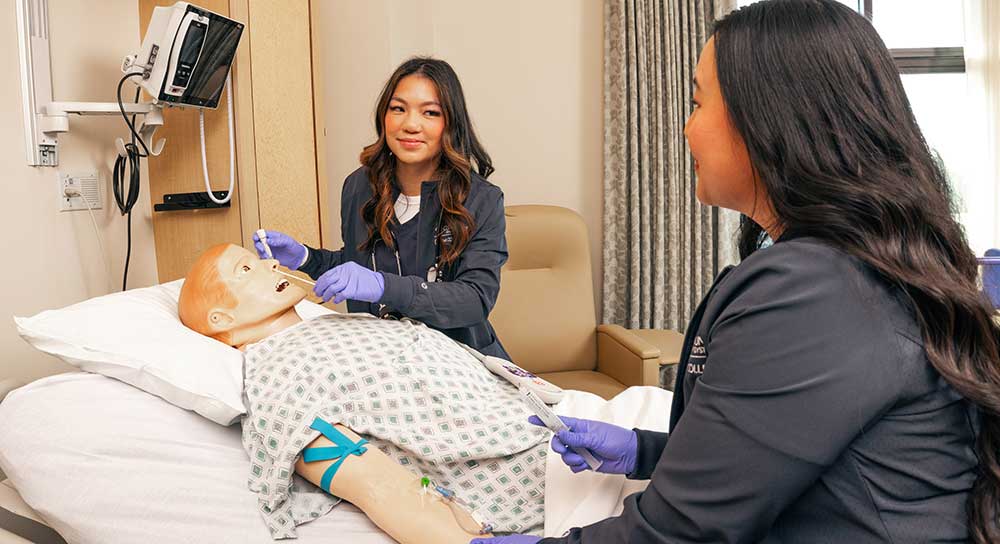An emergency can happen any place, at any time. Are you prepared?
When an accident happens, you usually call 9-1-1. But it could take several minutes for first responders to arrive. (And in some emergencies, they may not be able to get to you right away.) In just five to 10 minutes, victims can die from extreme blood loss. If you can stop the bleeding with some simple techniques, you can increase the chance of survival.
That is why Stop the Bleed courses are popping up all over the country, including at Community Medical Centers. Stop the Bleed is an initiative of the American College of Surgeons, the Committee on Trauma, and the Hartford Consensus.
What you'll learn at Stop the Bleed training
Here are three things you'll learn at a Stop The Bleed class:
- Tourniquets are not going to feel good, but they’ll get the job done. You have to cut off the blood flow from getting to the injured arm or leg and that means it has to be very tight. However, it’s effective and worth it. The loss of a limb from a tourniquet is extremely rare, it’s more likely you’ll save their life.
- When packing a wound, don’t take pressure off the bleeding source. Your instructor will show you an easy technique to hold pressure on the wound with one hand, grab gauze and stuff the wound with the other. By switching hands, you'll minimize blood loss by keeping constant pressure on the would.
- Use your body weight to apply pressure. Don’t try to squeeze or use your muscles. You’ll get tired and it won’t be as effective in stopping the bleed. Find a way where you can use your body weight and the power of gravity to hold pressure.
Although reading this will help you be better prepared for an emergency, we recommend taking a Stop the Bleed class for the full experience and hands-on training.






